By Tommy Clarkson from the March 2014 Edition
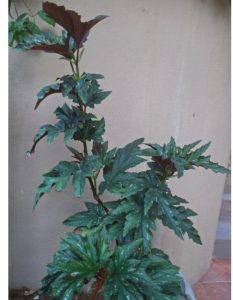
Begonia deliciosa is a beauty.
(No Common Name) (Begonia deliciosa – Found in Borneo, named in 1851)
Kidney Begonia (Begonia dichotoma Found in Venezuela/Colombia, named in 1790)
Family: Begoniaceae
These species are but two of 1,500, worldwide, which comprise the Begonia family but are a couple growing in Ola Brisa Gardens that I enjoy.
From the outset, allow me to observe that data on certain species of Begonia is scarce, sparse and scant. Of my scores of books on tropical plants, I have but one wholly dedicated to Begonias and neither of these species are included in it! Accordingly, the ensuing information is an amalgam of data, facts and information gleaned from an array of personal experiences and diversity of publications, periodicals and postings!
Civilization has been aware of the Begonia genus for some time. In the 14th century, Chinese writings described a plant which has since been identified as:
B. grandis Dryander. Prior to 1577, Father Francisco Hernandez discovered another species B. gracilus in Mexico; And, and in 1690 a Franciscan Monk, named Charles Plumier, discovered six different species in the West Indies. It was he who then named the genus after Michel Begon -the French governor of Haiti who was a “patron of botany”.
So . . . what of these two plants? Well, in a short article in the American Begonia Society newsletter, Tamsin Boardman noted that some “Begonias are edible, a fact that appalls some of us and appeals to others. (But) whether you want to munch on it or not, there are good reasons to grow B. deliciosa (as) it’s a treat for the eyes, too.”
I am not aware of any outright, poisonous Begonias. In fact during the Second World War the British ate their Begonias when food was scarce! But, before racing to your gardens with a fork and salad plant in hand, other secondary sources state that not all constitute fare for your table as, purportedly, only six or so out of 1,500 species are outright edible.
With all of this in mind, I undertook to personally “field examine” the B. deliciosa which was discovered by Jean Linden in the steamy environs of Borneo nearly a century and a half ago and has been said to be edible.
Now, prior to researching and writing this piece, I had not yet taken this particular culinary plunge. However, understanding that the leaves of the deliciosa were – supposedly – “Sweet, yet tart” or, as described by Patrick J. Worley in the American Begonia Newsletter, “(being) sweet sour in taste, very pleasant and refreshing (and) should be good with a vinaigrette dressing in a mixed salad bowl.”
As those who know me are aware, I take my duties as a student of tropical plants somewhat seriously. Before stating or writing anything as fact, I strive to utilize primary data that I have personally observed and then support it through numerous secondary sources. Hence, I marched straight to my deliciosa plant, looked it straight in its – well, e’rrr – bushy face, as it were, plucked a leaf complete with stem, washed it and strove to verify its edibility.
Post mastication, this experience gives rise to citing the title lyrics of Gershwin’s great song from “Porgy and Bess” – “It ain’t necessarily so!” To my palate, the only word from Worley’s description that rang true was “sour”. So, I might recommend – as regards your next salad – that you not cancel the order for lettuce!
However, as noted earlier, if not to the sense

of taste, at least to that of sight, this delightful, nearly four foot tall, Begonia is still a winner what with its cleft leaves – of up to ten inches long and six inches across – spotted with silver and fragrant light pink flowers.
What then of the B. dichotoma?
My neighbor and good friend John Cory of Manzanillo’s Juanito’s Restaurant renown had one growing behind his establishment that I have coveted every time Patty and I stopped by for one of his great breakfasts or lunches. Ultimately, I was able to secure a specimen without succumbing to purloining one of his!
Its rather leathery in texture, roundish leaves – seven inches wide by eight inches long are of a color reminiscent of “military olive drab meets a light Kelly green”. They are perched atop twelve inch, rather stiff stems and seem to prefer an equal amalgam of sun and shade. Bottom line it is an attractive plant!
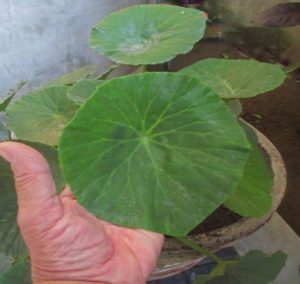
I highly recommend either of these for inclusion in your gardens.
Tommy Clarkson – Ola Brisa Gardens
For back issues of “Roots”, gardening tips, tropical plant book reviews and videos of numerous, highly unique eco/adventure/nature tours, as well as memorable “Ultimate Experiences” such a Tropical Garden Brunches and Spa Services, visit www.olabrisagardens.com .”
Download the full edition or view it online
—
Tommy Clarkson is a bit of a renaissance man. He’s lived and worked in locales as disparate as the 1.2 square mile island of Kwajalein to war-torn Iraq, from aboard he and Patty’s boat berthed out of Sea Bright, NJ to Thailand, Germany, Hawaii and Viet Nam; He’s taught classes and courses on creative writing and mass communications from the elementary grades to graduate level; He’s spoken to a wide array of meetings, conferences and assemblages on topics as varied as Buddhism, strategic marketing and tropical plants; In the latter category he and Patty’s recently book, “The Civilized Jungle” – written for the lay gardener – has been heralded as “the best tropical plant book in the last ten years”; And, according to Trip Advisor, their spectacular tropical creation – Ola Brisa Gardens – is the “Number One Tour destination in Manzanillo”.
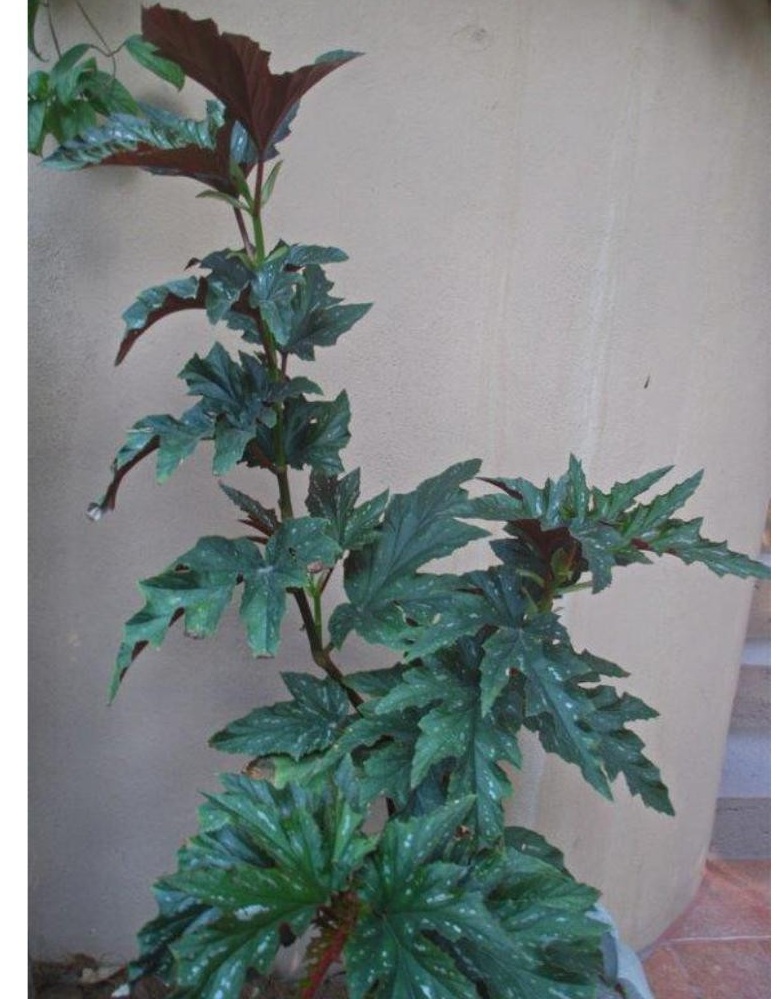

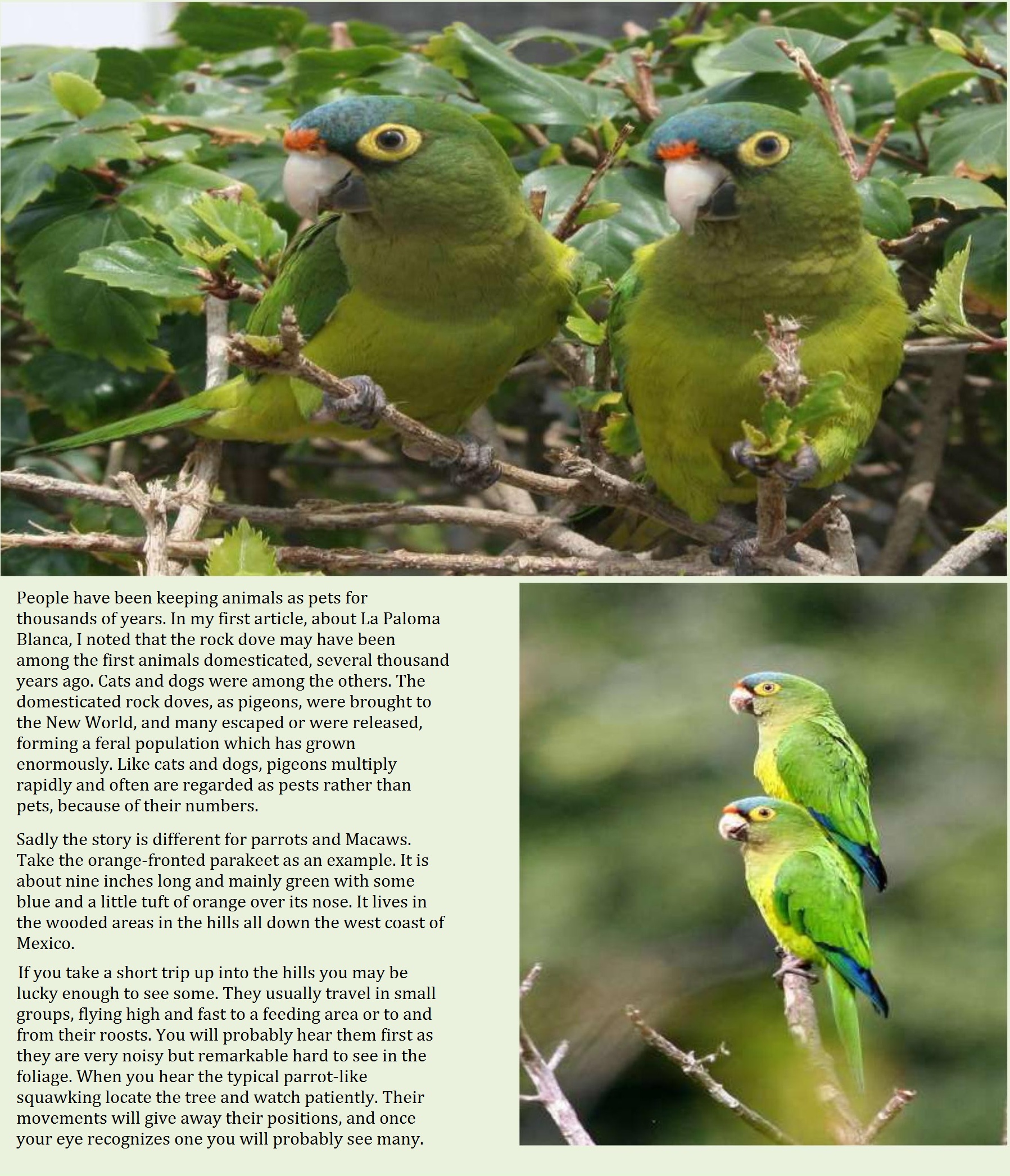
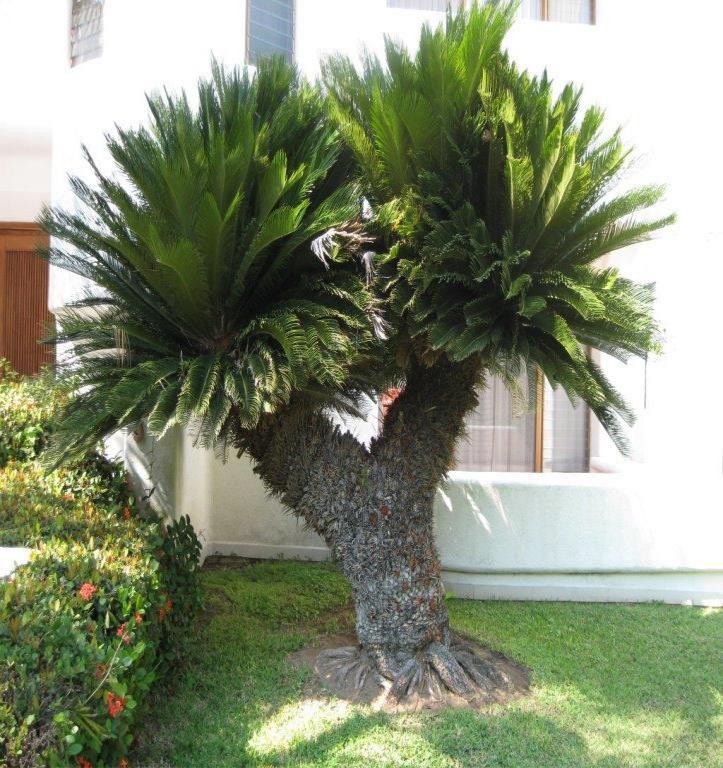

You must be logged in to post a comment.